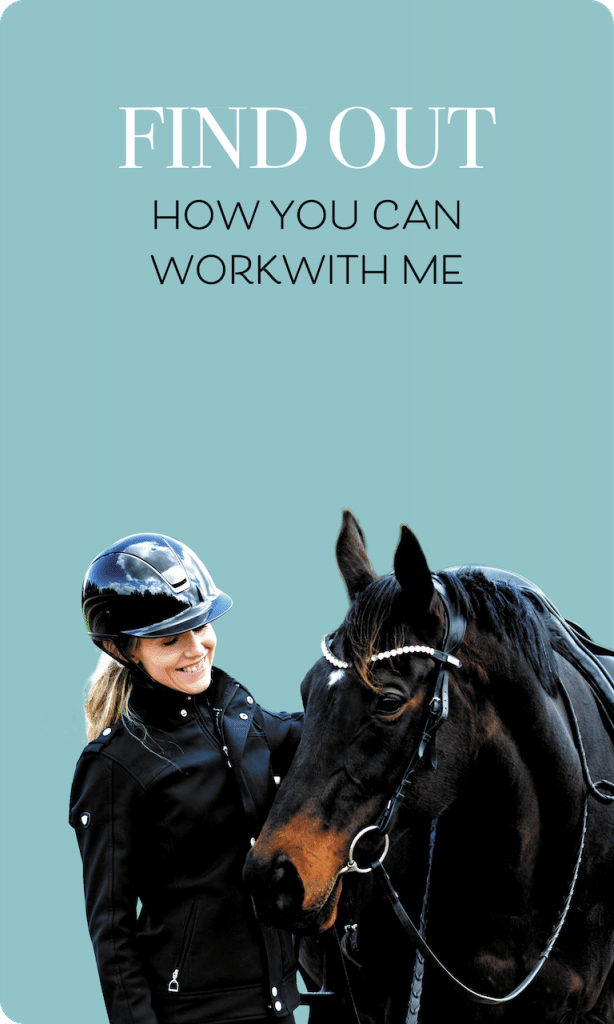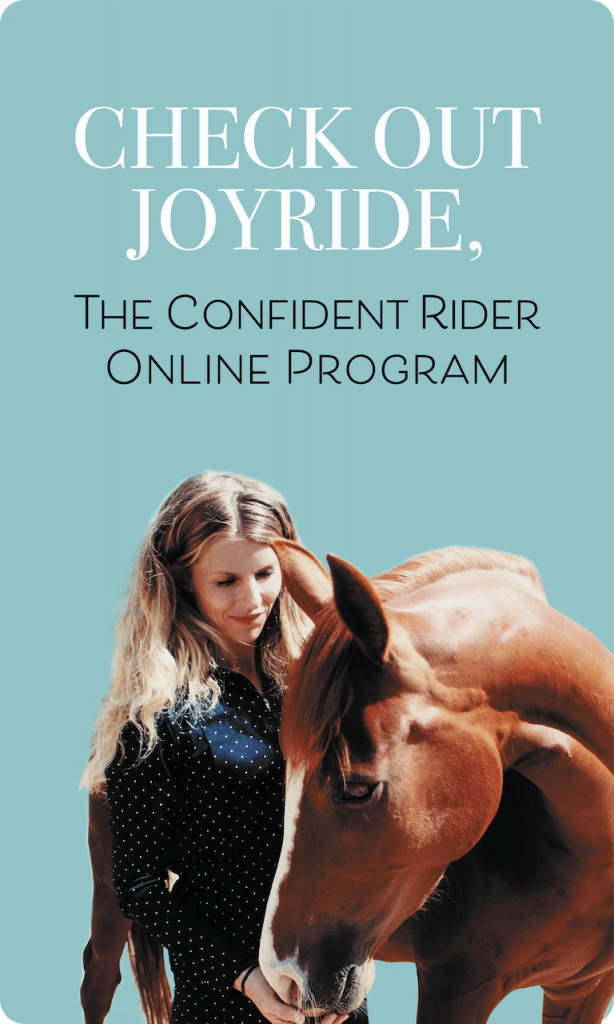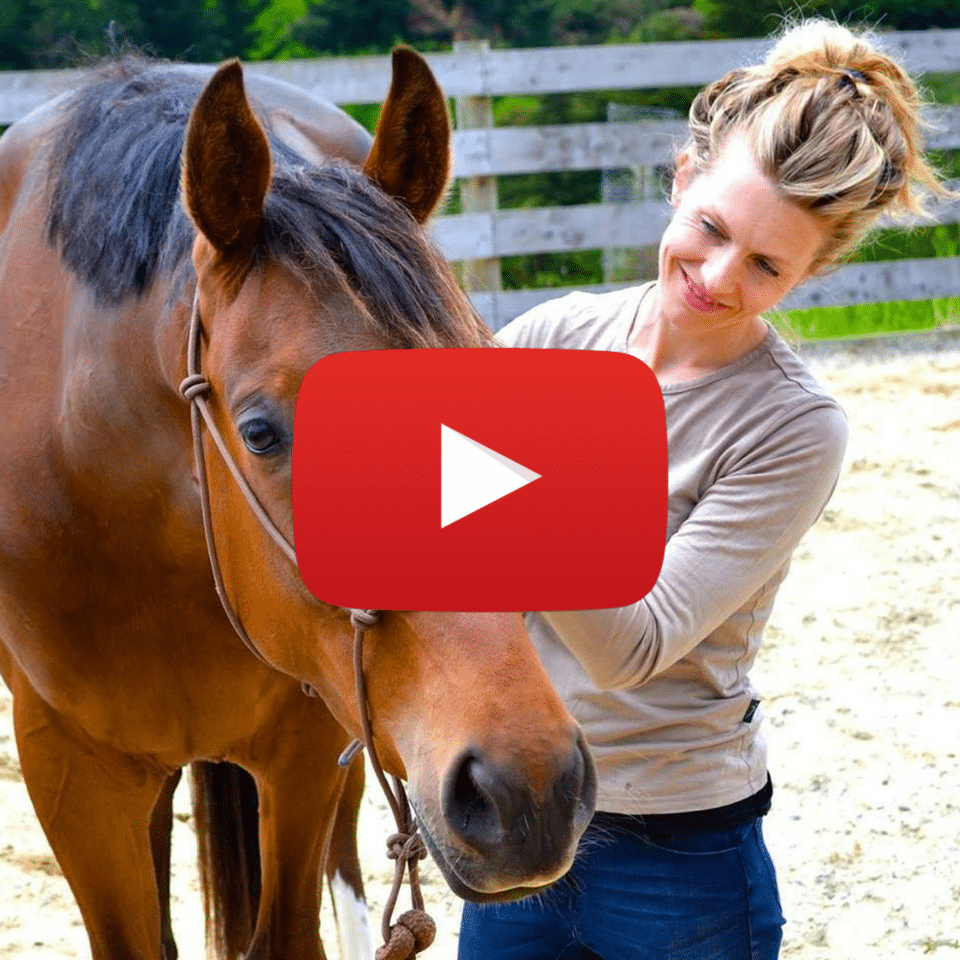You can’t train a horse out of their horse-ness.
You can’t train a human out of their humanness.
Let’s think about spooking.
A question I get asked a lot (and I’m paraphrasing):
“How do I reset after my horse spooks? Once I’ve been upset by that, I find it hard to come back.”
This often runs in parallel to another question I see in horse training groups which is:
How do I stop my horse from spooking?
First up:
The startle response (which essentially is what a spook is) is not something you want anyone to be trained out of. The ability to startle is actually the first stage of sympathetic activation in the system and is a responsive and healthy reaction to something unexpected or surprising coming into our environment.
Presuming that we are moving from a place of relative balance, the startle or spook would look something like this:
- Something arises which gives me a temporary shock
- I orient towards the point of alarm visually whilst moving physically away from it
- I investigate and continue on (provided it’s nothing to be worried about)
This is very normal, healthy, and wanted.
What typically happens from a human perspective is that there is already a level of anxiety and the system prior to the spook occurring. Adding the energy of a spook onto a body and mind that already feels full up means that we have no residual capacity to process the energy, with the only felt option at that point being to get off or to remove ourselves from the situation altogether.
If we are riding with the physiology of concern (tight muscles, feeling worried, collapsed front) our orientation is also wired towards threat, meaning that we are both pre-empting and interpreting what are essentially neutral circumstances and events as potentially harmful to our well-being and safety. We, therefore, ride defensively, communicating to the horse our lack of ease, and signaling them that there is something to be concerned about as a consequence.
This same experience occurs for our horses in situations where we might describe them as “looking for things to be worried about or to spook at”. In fact, that is actually what they are doing. Their body, in a state of dysregulation, is feeling into their environment and looking out for things that might impact their safety. This creates a vicious cycle of jumpiness and feeling on edge as the energy of hypervigilance and concern builds.
In essence, our capacity informs how we cope with a spook, emotionally speaking. If our baseline is relatively easeful, we find it easy to come back.
If we identify with being anxious or hypervigilant, the level of activation present means we have a smaller window to work with to dissipate any external energy added.
The work then is to find a way to come back; to increase our capacity and to have resources and tools to dissipate the energy when we find it moving to a place that pulls us out of the ability to be present and effective.
Onwards.
❤️ Jane





